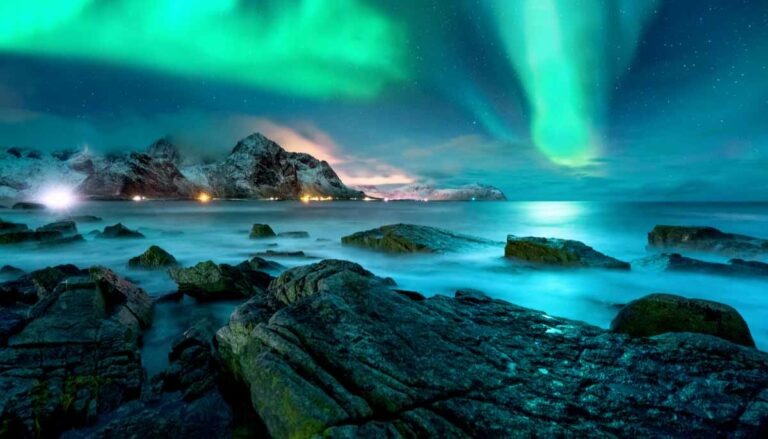Global climate change is warming the planet up at an alarming rate. This comes with a whole slew of challenges to life as we know it: everything from rising sea levels to more intense weather disasters follows in the wake of rising global temperatures.
However, there’s yet another aspect of global warming that could prove disastrous for the global population: frozen viruses and bacteria. Diseases that have been dormant for thousands, maybe even millions, of years could become exposed to the open air once again as the polar ice caps continue to melt. How worried should you be about the possibility of an ancient virus thawing out and causing the next pandemic? Well, the short answer is: very.
Frozen Pathogens
In August of 2016, a 12-year-old boy in the Russian Yamal Peninsula of the Arctic Circle fell ill and died of anthrax. The Yamal Peninsula is a remote corner of Siberia, above the Arctic Circle, and coated in a thick layer of frozen soil called permafrost. However, the unusual heat wave of the summer of 2016 caused some of that unfortunately-named permafrost to, temporarily, melt.
Investigators determined that a reindeer, infected 75 years ago with anthrax, had fallen ill and died near the Yamal Peninsula region, and became trapped under the frozen layer of permafrost. However, once the heat wave melted the ice, the reindeer’s body resumed decomposition, and the anthrax that had killed it was released back into the water table of the region. Thousands of living reindeer were infected with anthrax, and just over 20 humans were hospitalized with the deadly bacteria. One young boy even died.
What’s Next?
Scientists fear that the Yamal Peninsula Incident won’t be an isolated case. As each new year brings new record-high temperatures, permafrost layers that normally never thaw are being exposed to above-freezing temperatures. Permafrost is a near-perfect containment device for ancient pathogens, as bacteria and viruses under the surface can stay preserved for thousands of years, maybe even a million years, before being thawed out and resuming activity.
This means that ancient diseases that haven’t evolved alongside modern humans could break out into the global population. Such an incident could spawn a global pandemic the likes of which we’ve never seen before.
So, what can be done about this? Every measure being taken to curtail global warming is a measure that will also prevent the eventual release of a deadly plague from beneath the ice. Let’s just hope we get a handle on climate change in time.





